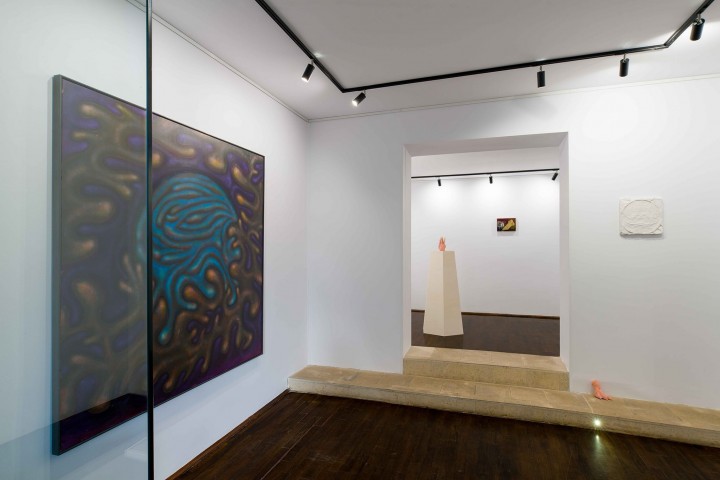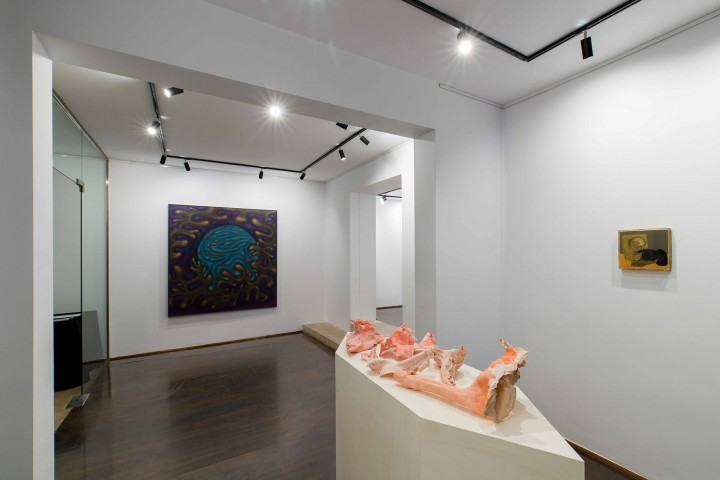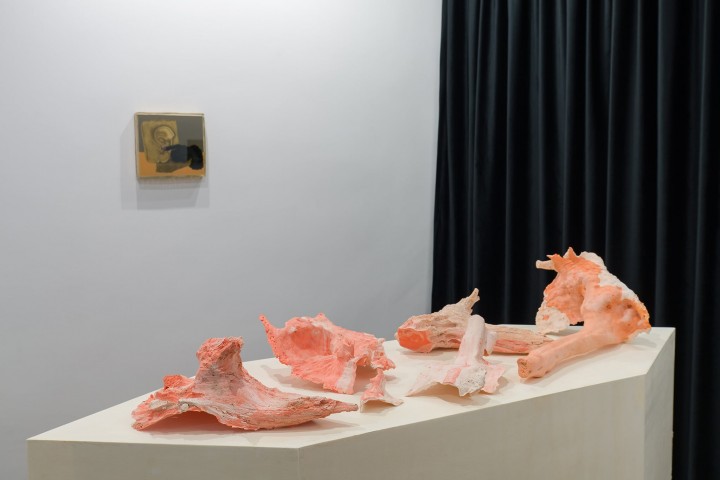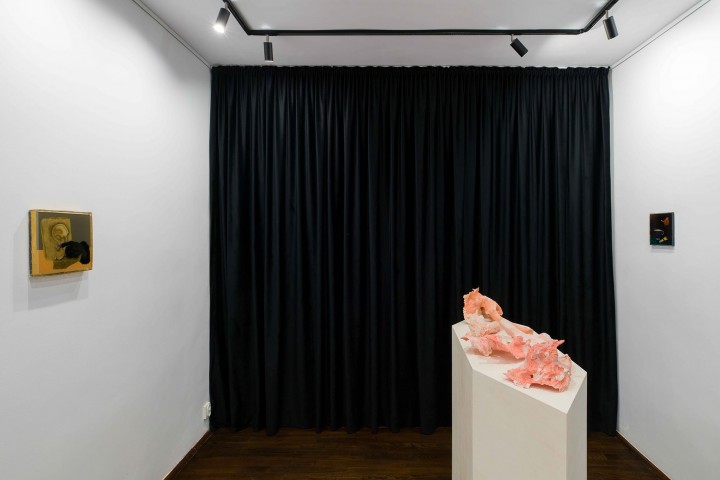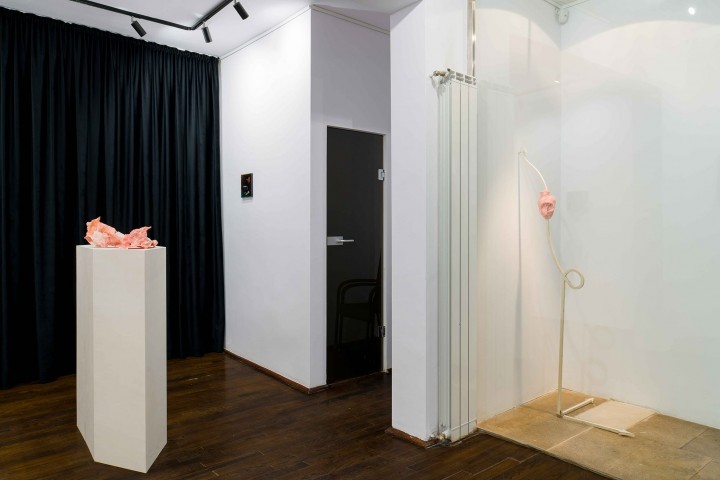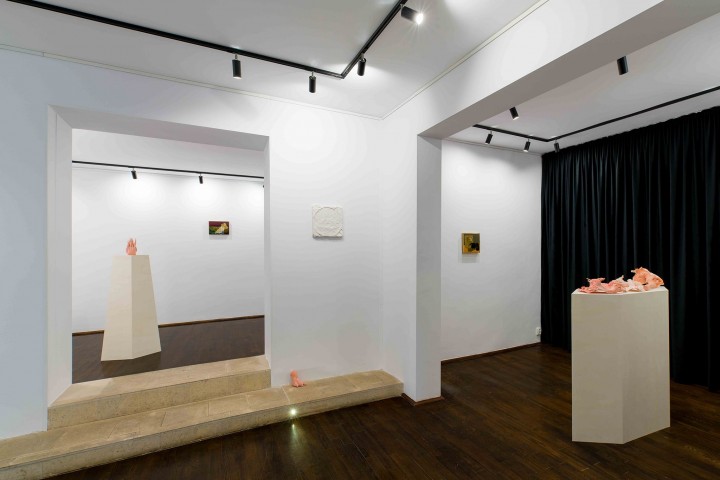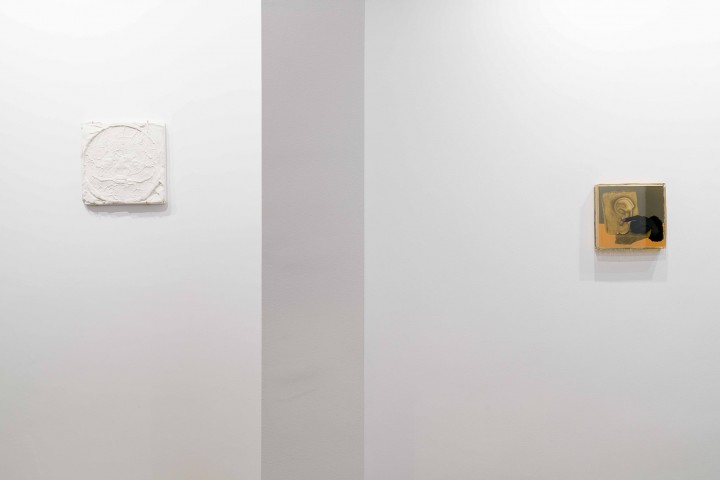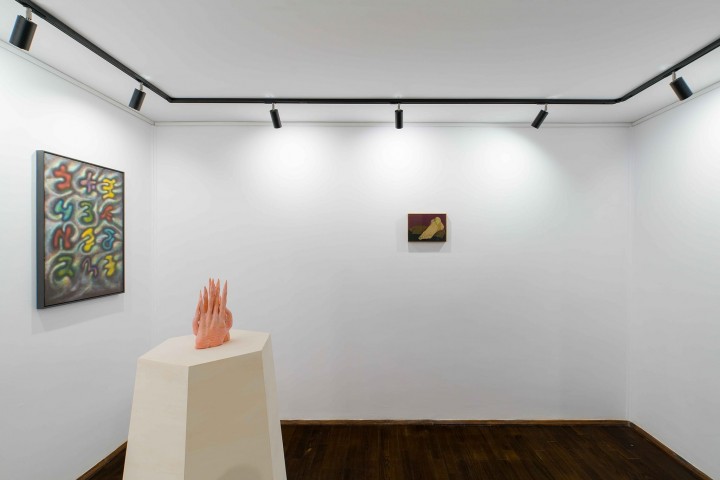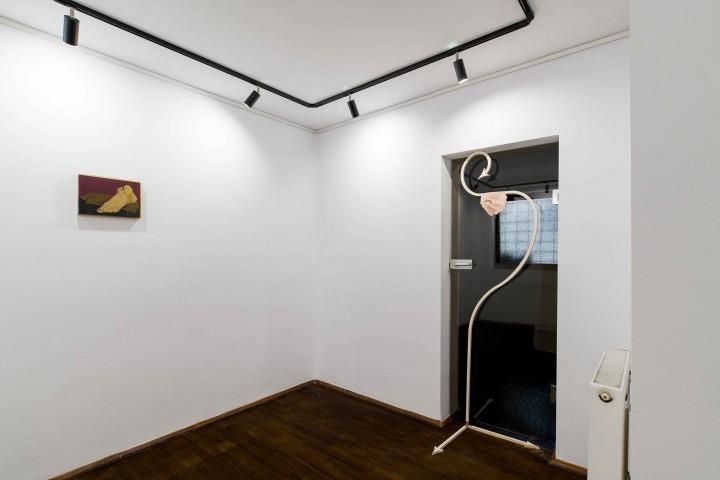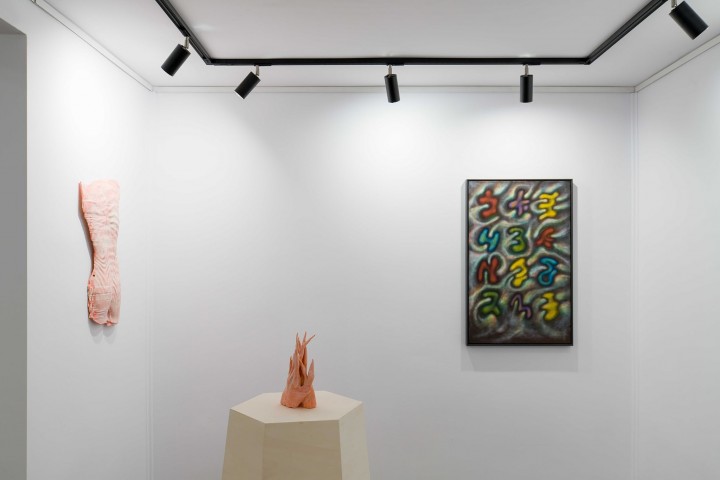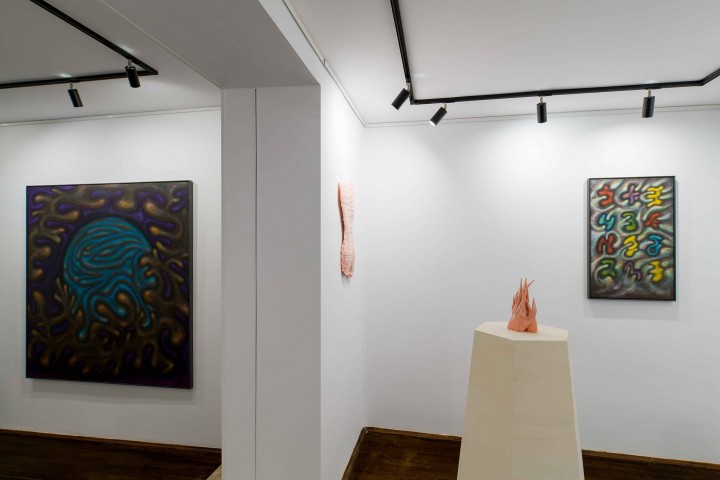In gaming terminology, a sidequest is a quest given to the player that has no direct bearing on the main story of the game. The detour often involves handling items otherwise unavailable, objects that escape the main narrative, but may bring benefits to the player. The paths that bring non linear structure to an otherwise linear story, oblige the player to take a closer look at the things inhabiting the fictional world.
Many fantasy quests involve tedious tasks, such as delivering goods, recovering an item, searching for a lost treasure, gathering a number of non-essential things. Far from being a distraction, the stories involving these objects actually enrich the world-building of the game, describing a layered and entangled world where different narratives can coexist.
Looking closer at non-essential objects that escape the grand narratives has historically been the domain of still life paintings. Also called nature morte in French, literally “dead nature”, the careful arrangements of foods, valuables, or personal belongings create visual narratives that demand contemplation, and transform the intimacy of everyday items into stories about the artists’ universe.
How do artists today use this rich history and artistic processes of studying objects and perfecting compositions and can still life be a way of framing metaphors for our current situation of a world of dying nature?
“I saw the premise of “Sidequests” as a perfect opportunity to showcase works from a new open series I`ve been developing for the past year or so. It comes as a departure from my (mostly) screen-confined practice, in an effort to regain some sense of my immediate reality. While most of my digital work consists of elaborate and well polished artefacts, this particular series emphasises a more stripped down and loose approach, monolithic subjects with blurred boundaries.
To put it broadly, the plot is to see how much recognizability can be shaved off until the subject becomes diluted to an extent in which you are practically forced to impose some of your own perspectives onto it. With each layer of reduction another layer of dead cells pass, another day/night cycle.” George Crîngașu
“I initially created the figure of Cadmus as a 3D character for an animation. From the beginning I felt this figure needed to be fleshy and corporeal, quite the opposite of an intangible computer generated character. So I decided to take a detour from the digital path and looked for ways to translate the illusion into something palpable. As a result, the 3D model got dissected into pieces and from the virtual character a few body parts made it into the physical world.” Adrian Ganea
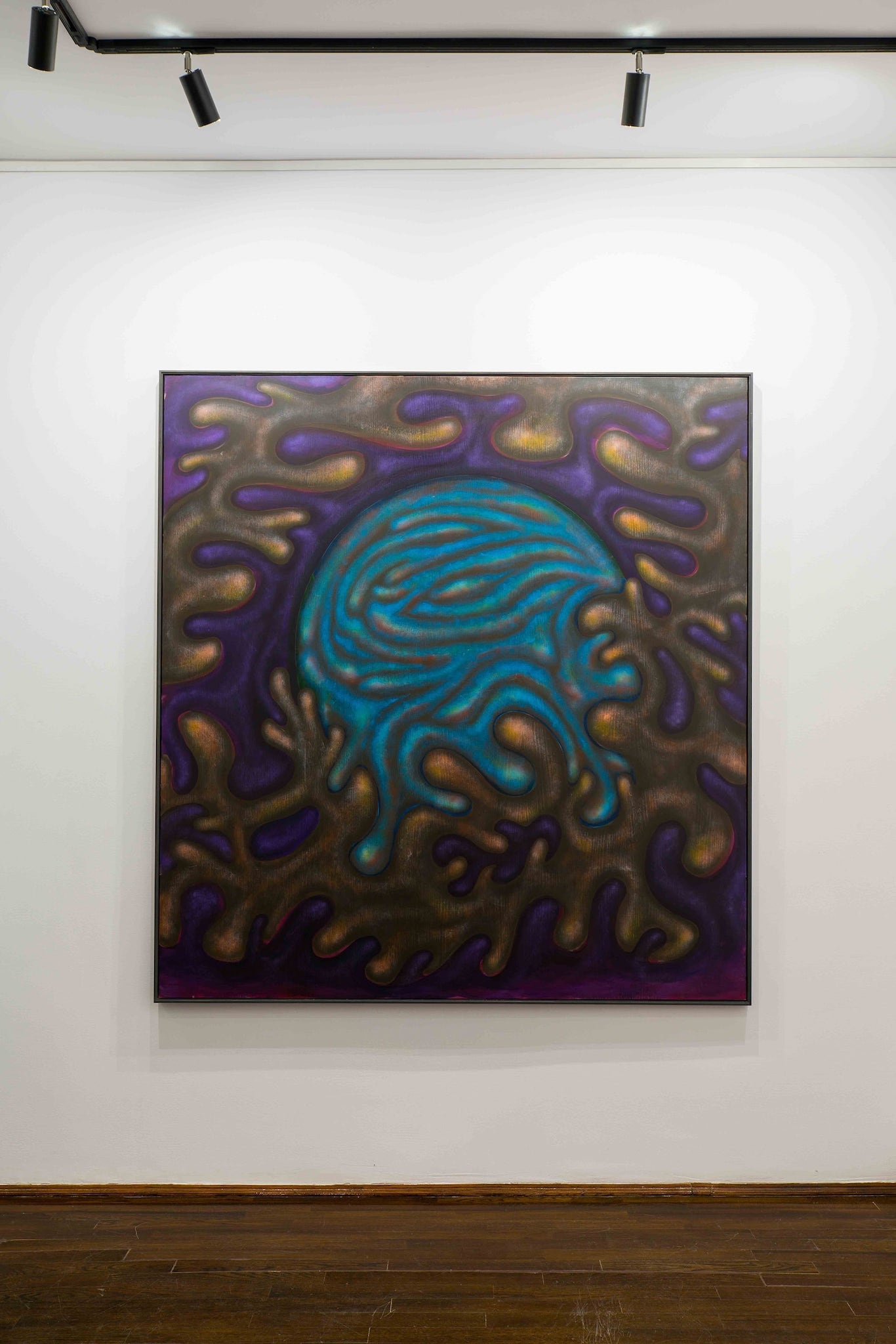
The Blood, The Smoke, The Water
acrylic on wood pannel
160 x 170 cm
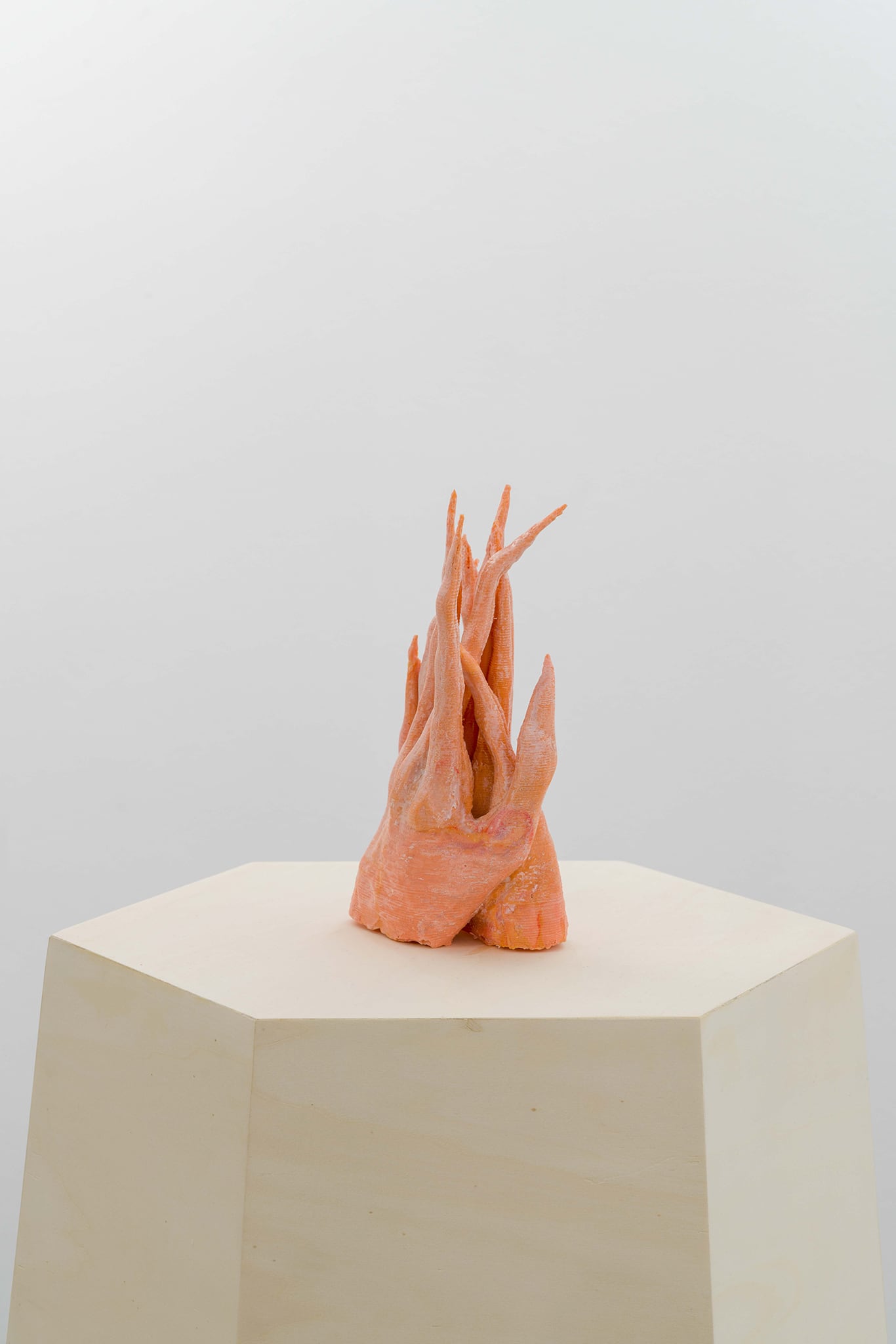
Figure Study for Cadmus (II), 2020
polyurethane resin
10 x 20 cm
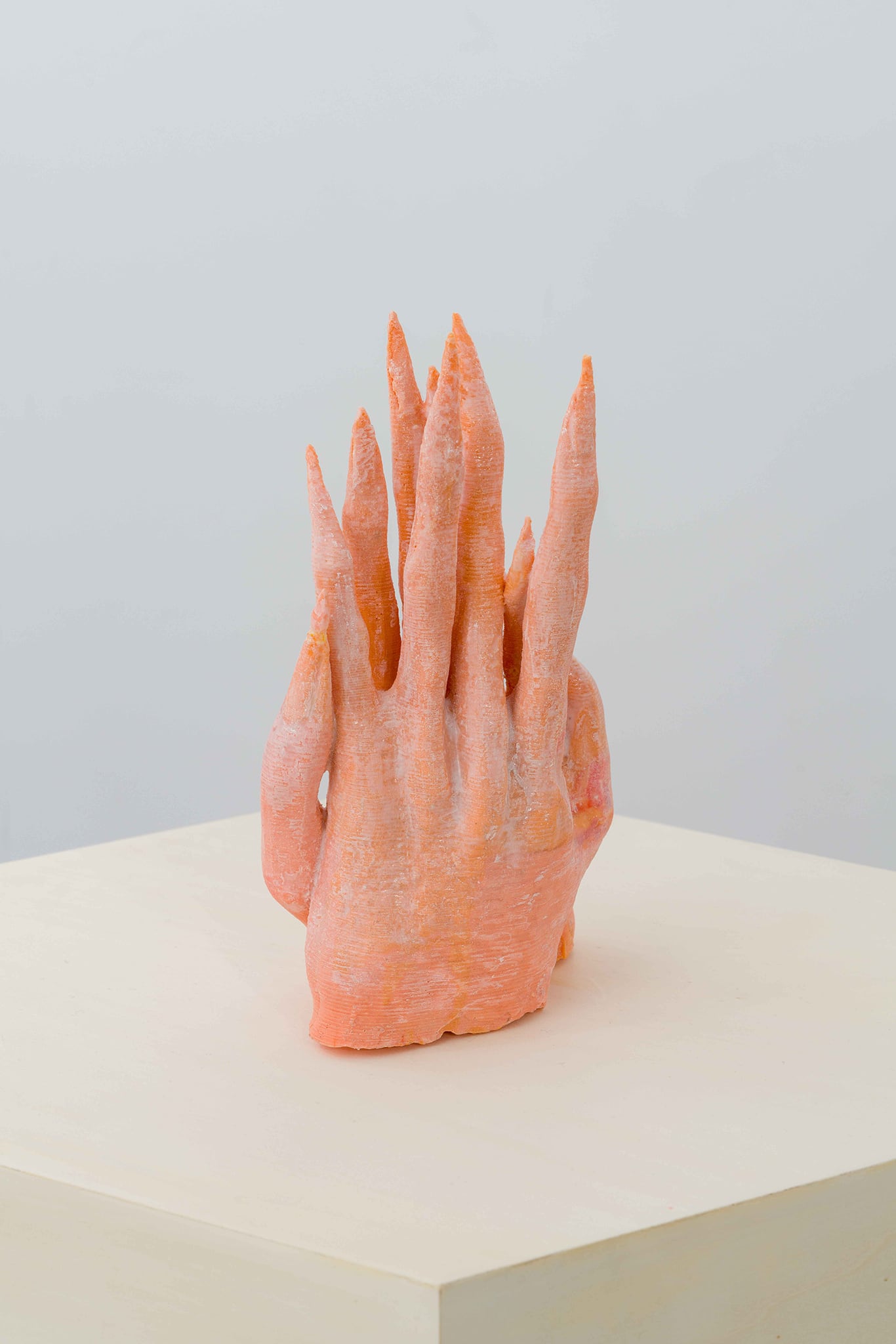
Figure Study for Cadmus (II), 2020
polyurethane resin
10 x 20 cm
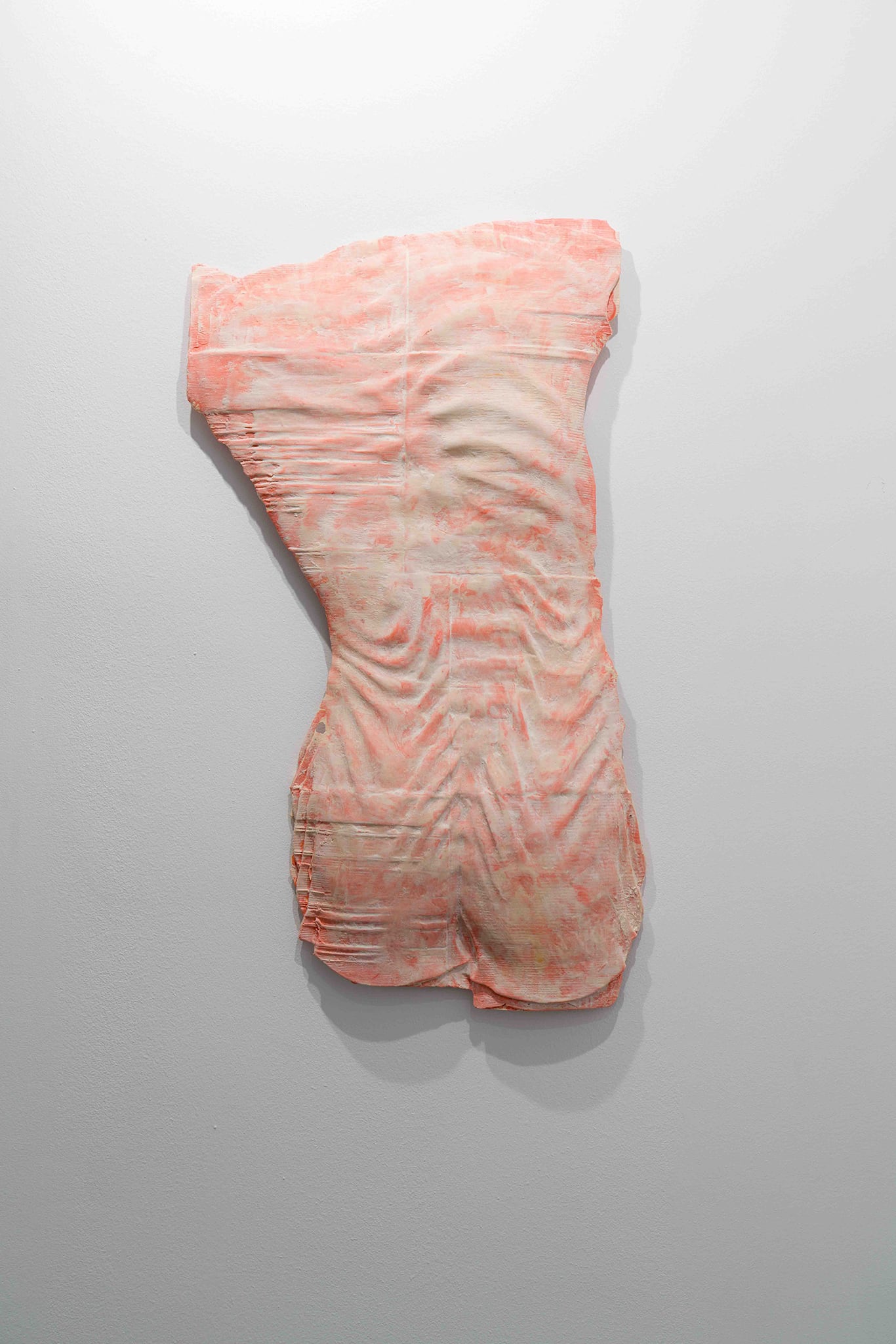
Figure Study for Cadmus (III), 2020
acrylic resin
60 x 38 cm
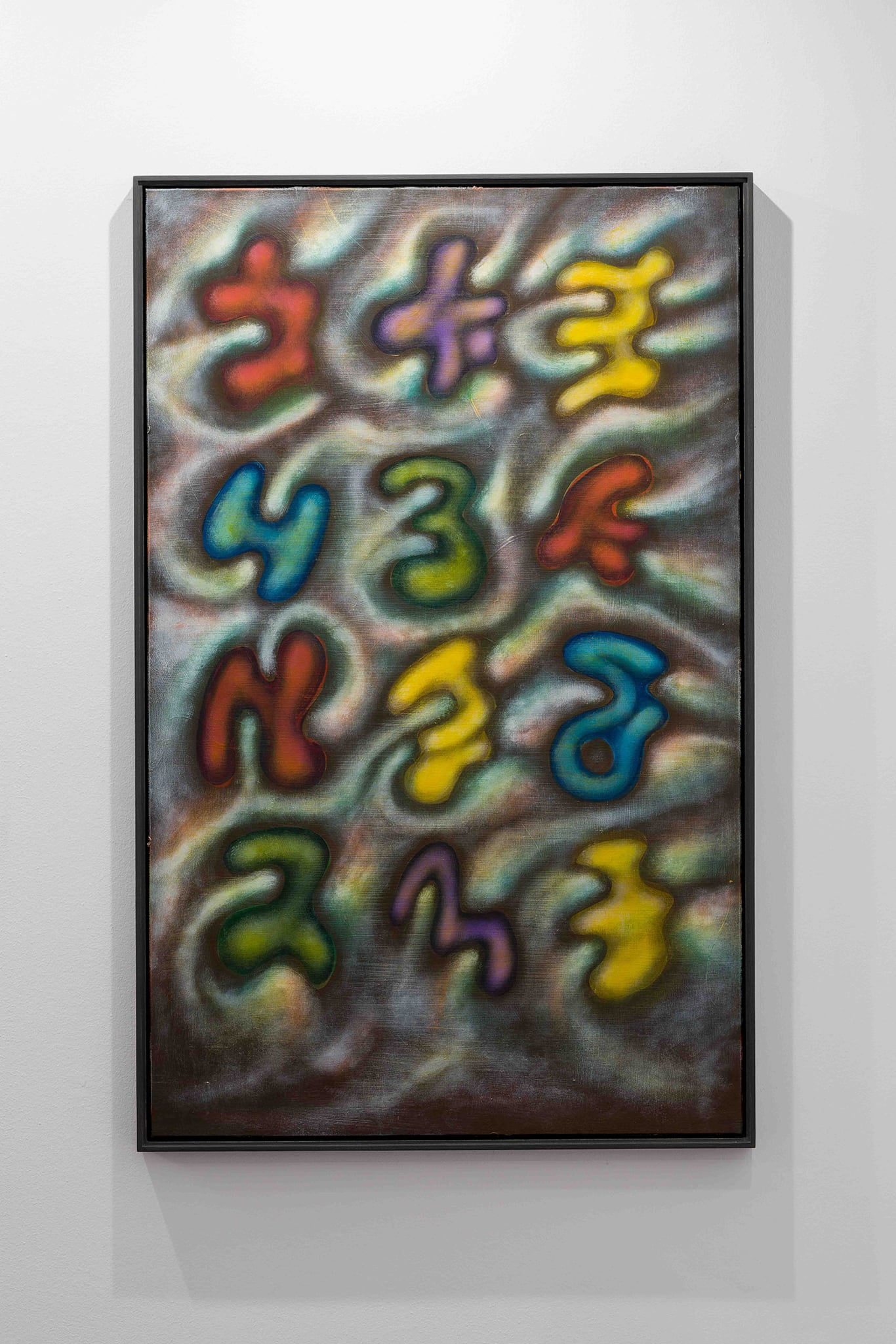
The Screenshot, 2020
acrylic on wood panel
50 x 80 cm
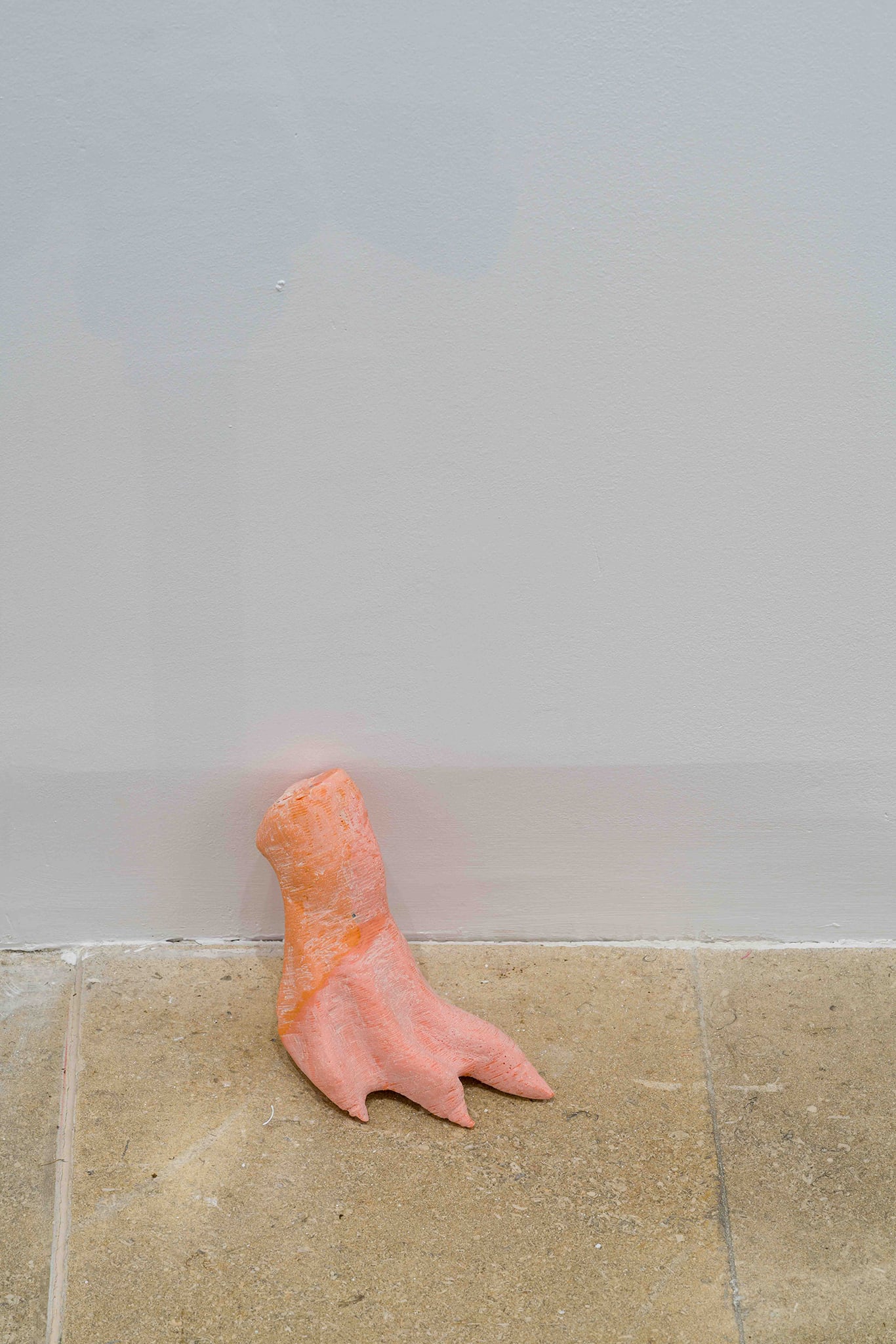
Figure Study for Cadmus (V), 2020
polyurethane resin
10 x 13 cm
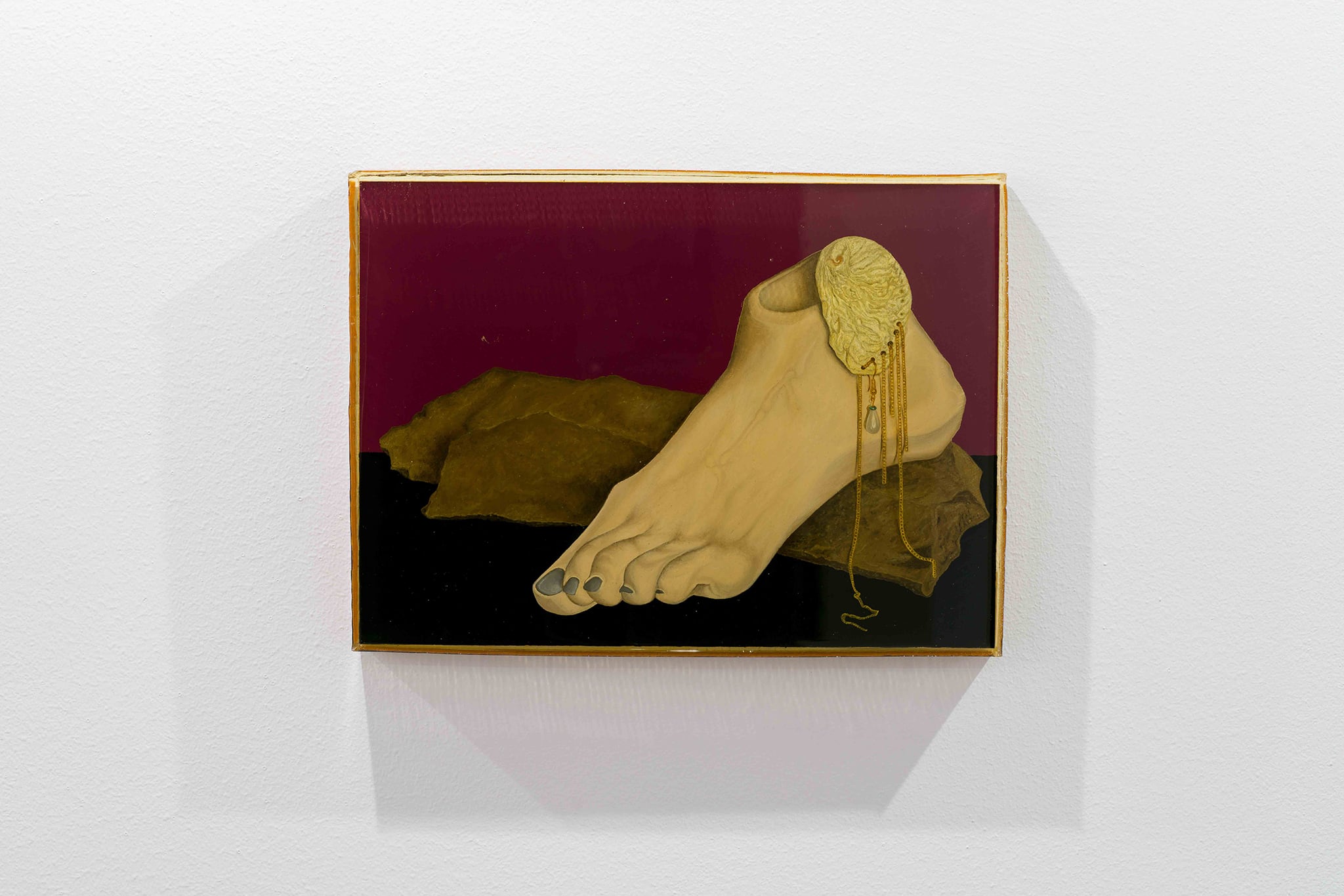
Nature morte (à l’intérieur), 2020
oil on wood panel coated in epoxy resin
30 x 22.5 cm
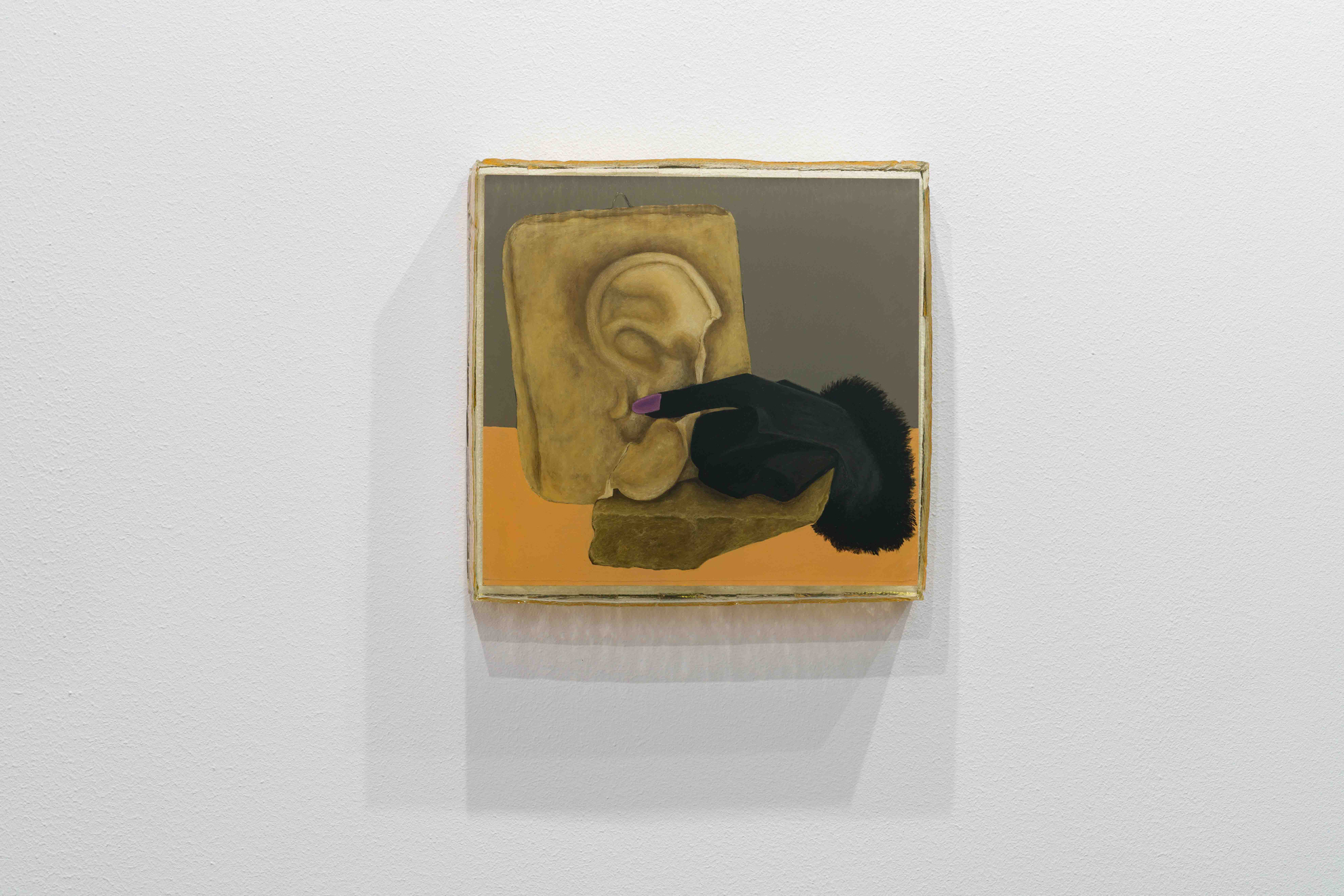
Poking Around, 2020
oil on wood panel coated in epoxy resin
27.5 x 26.5 cm
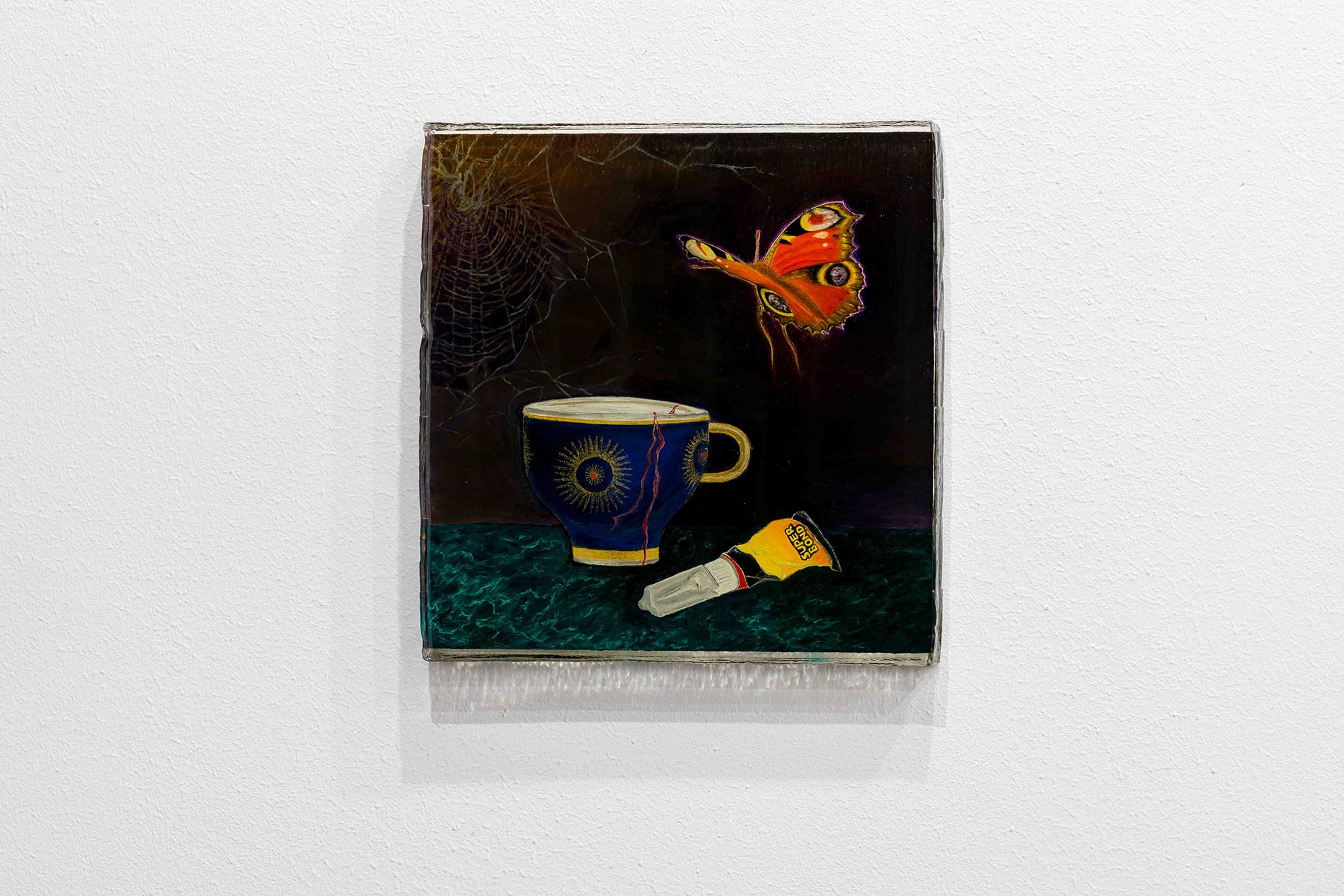
There’s Still Life, 2020
oil on wood panel coated in epoxy resin
21 x 20.5 cm
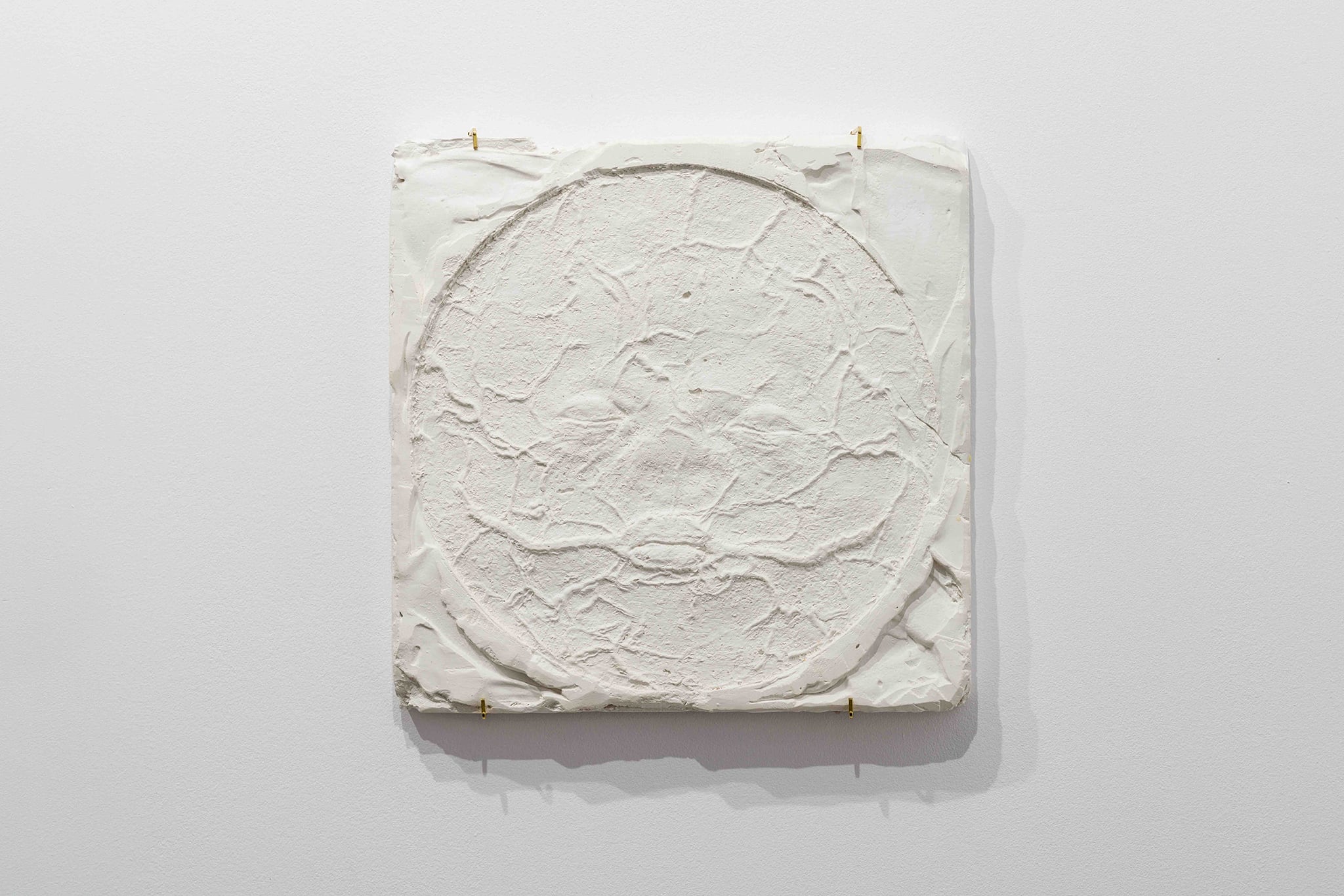
Figure Study for Cadmus (I), 2019
plaster
30.5 x 30.5 cm
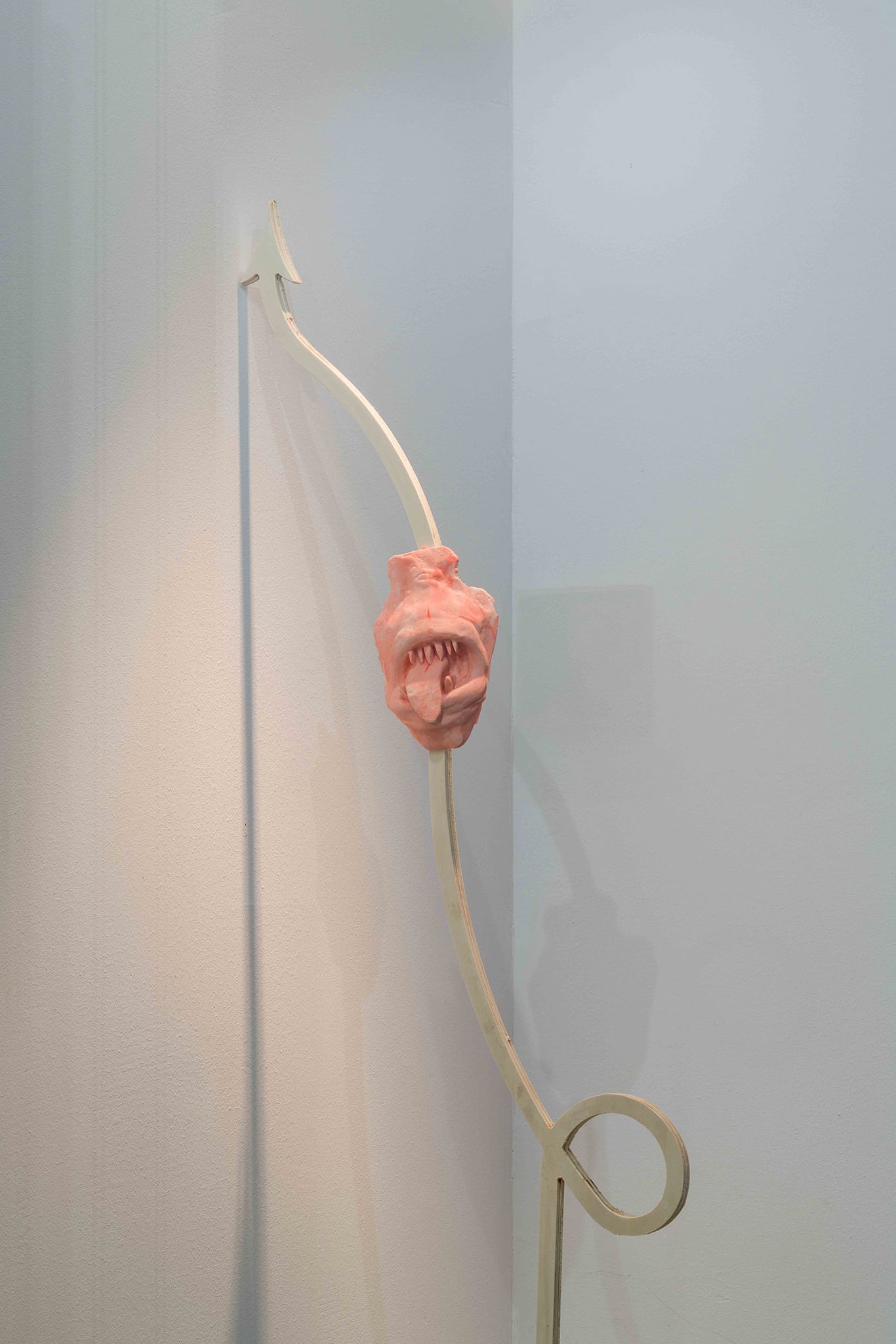
Figure Study for Cadmus (VI), 2020
acrylic resin and wood
47 x 47 x 177 cm
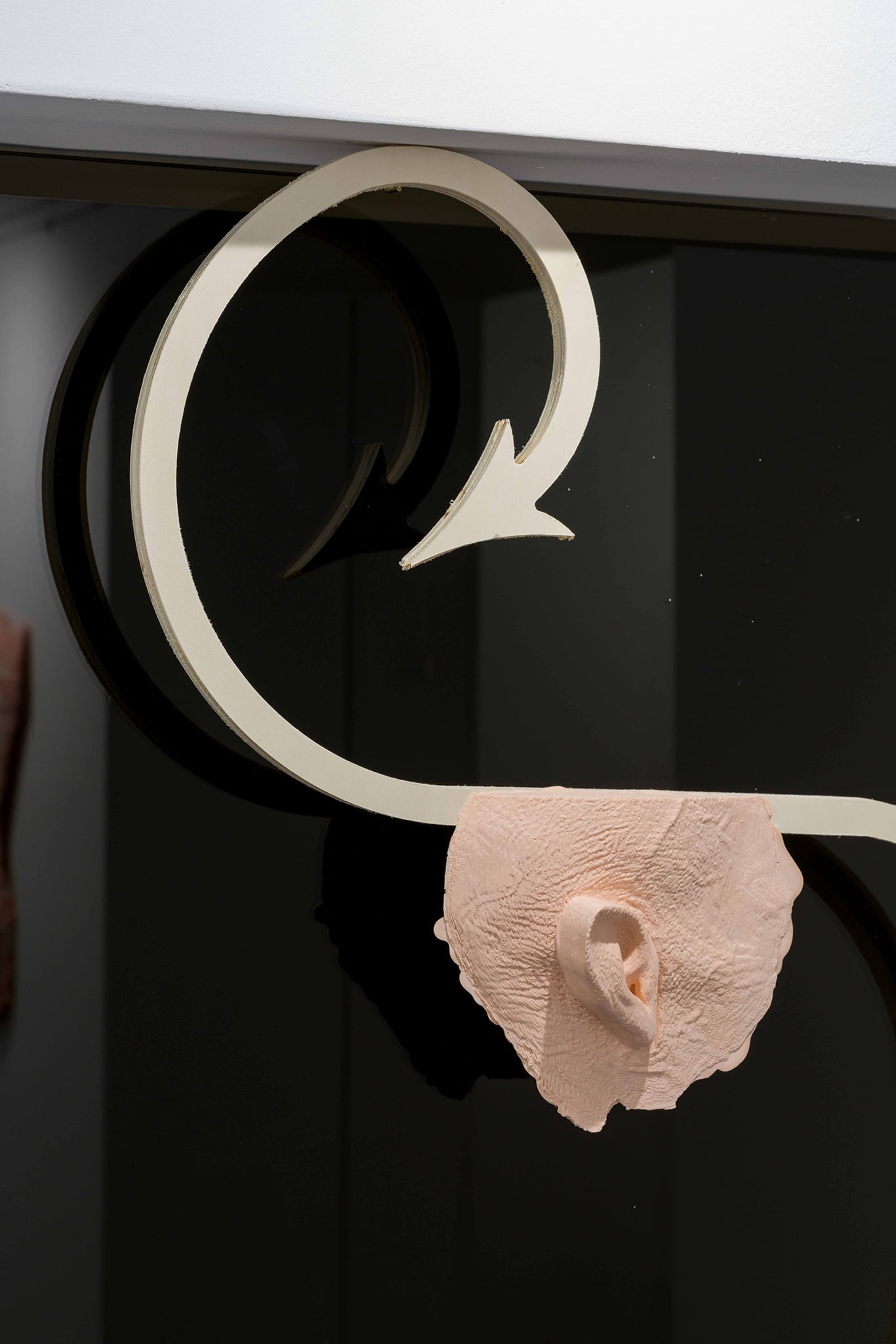
Figure Study for Cadmus (IV), 2020
acrylic resin, wood
47 x 47 x 188 cm
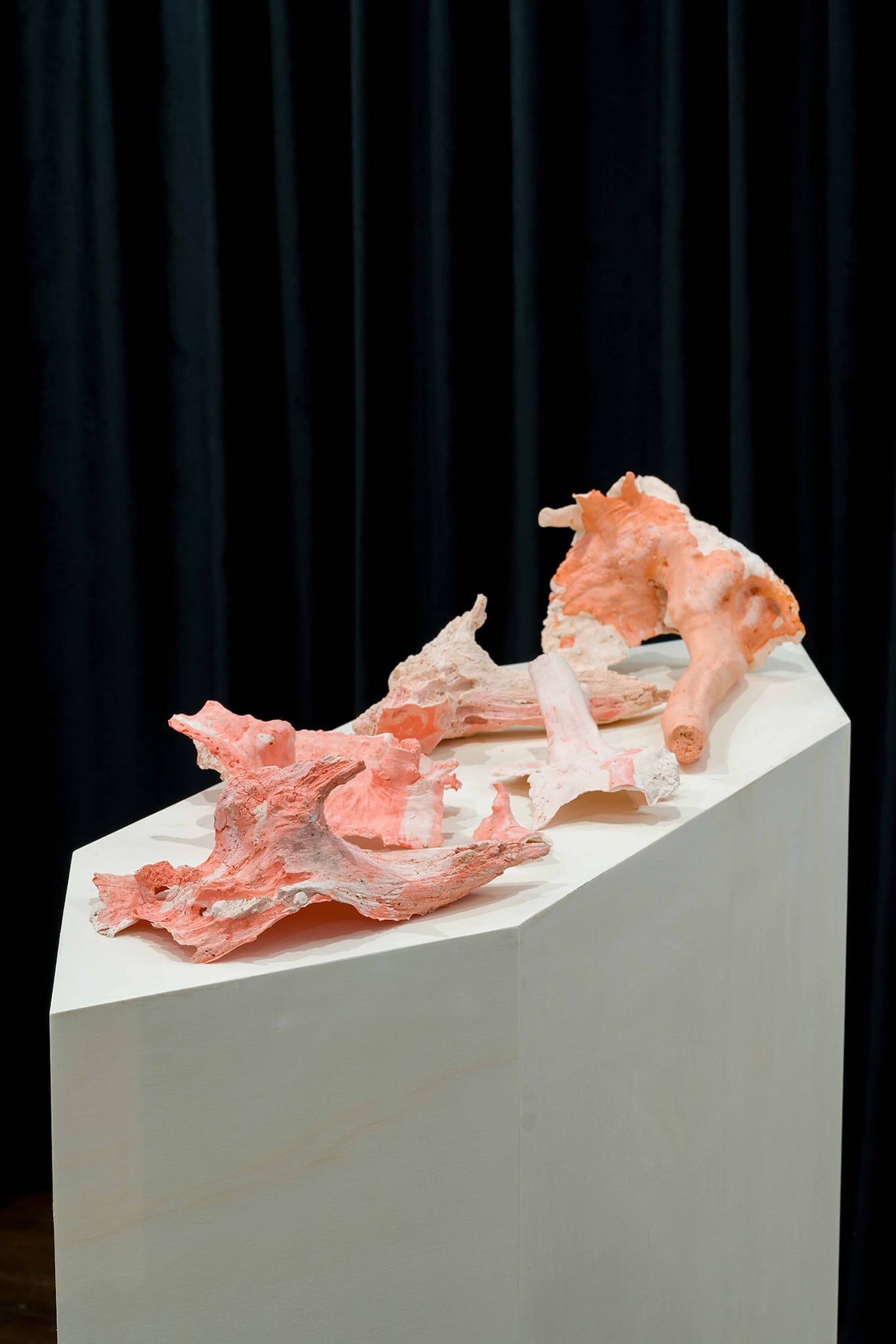
Trees Are More Than a Surface, 2020
acrylic resin
variable dimensions
“Even if it’s a side quest or the main one, for me it’s always about collecting scattered pieces of the self and putting them back together.
it’s about human nature.
the duality of fullness and emptiness.
the distress of wearing all those masks.
the search for the safe space.
a back and forth from the view through my lens
to the wholeness of the universe.” Maria Balea
“The myth of Cadmus is a type of story that can be found frequently in superhero movies, video games, comics or animes. Realms hardly constrained by any rules except that these are strictly artificial. With stories that are driven by unexpected turns of events, intense emotions, violence and anything that keeps the audience hooked. Like any work of fiction, the joy of excitement is possible from a safe place, where the work of fiction is never transgressing into the physical world. So one could assume that these works have no material consequences in the physical world. One of the questions i have while thinking about Cadmus is whether these kinds of tales have the potential to cross over into something tangible and what properties are being inherited.” Adrian Ganea
Artists
Maria Balea (b. 1990) lives and works in Cluj-Napoca. Her practice involves primarily painting, collage, objects, and installations. Her works have been shown in spaces like The Paintbrush Factory or Aici Acolo in Cluj-Napoca, Centrul Artelor Vizuale Multimedia or Bucharest, and Fort Delta Gallery Melbourne. She is a co-founder of Superliquidato, an alternative art space active between 2014-2017.
Adrian Ganea (b. 1989) is an artist and set designer who lives and works in Cluj-Napoca. His practice ranges from designing scenography to programming 3D simulations and composing videos. In his work, he aims to enact the production of fiction, often reflecting on its increasing automation.
George Crîngașu (b. 1988) lives and works between Rome, Italy and Cluj-Napoca, Romania. His practice focuses on data de/recontextualization, with work ranging from installation and video to print and painting. The artist’s work has been exhibited in venues such as: Nicodim Gallery, Bucharest; Art Encounters Biennial, Timișoara; Athens Digital Art Festival, Greece; Liste Art Fair, Basel.

